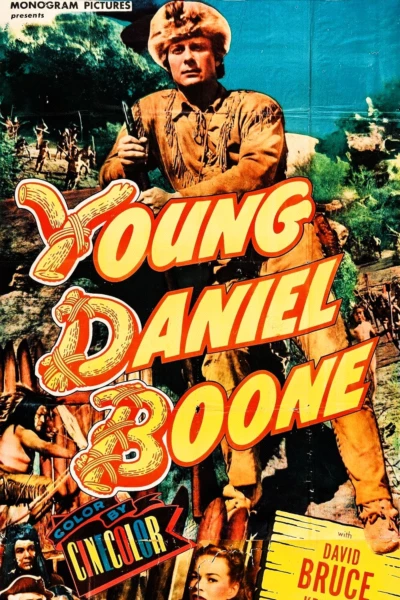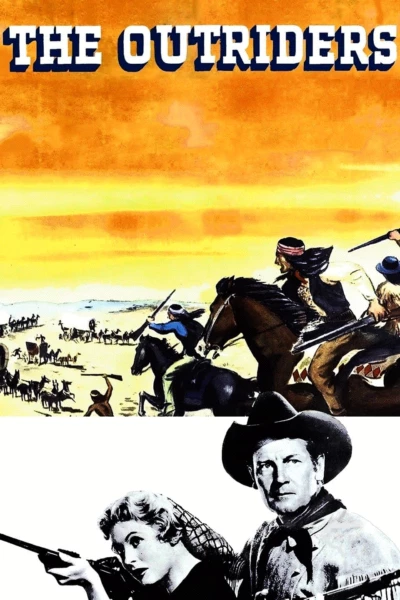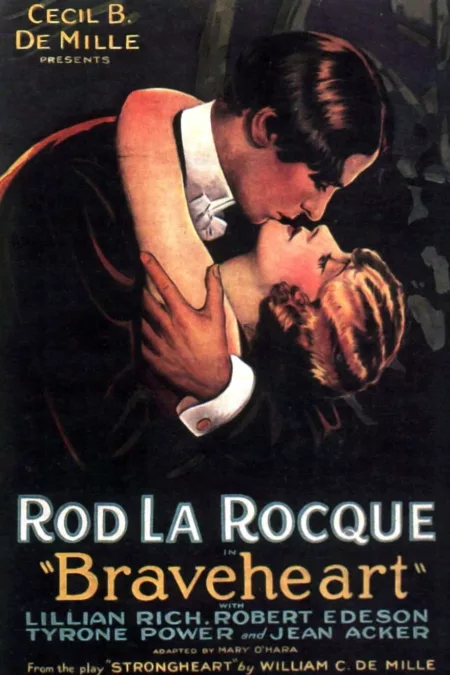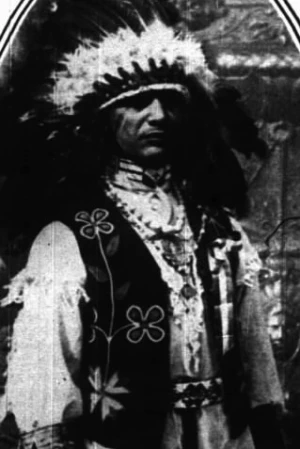Biography
(No Information)
Filmography
all 3
Movies 3
Walking Eagle

Young Daniel Boone (1950)
Movie
Indian Servant (uncredited)

The Outriders (1950)
Movie
Medicine Man

Braveheart (1925)
Movie
Information
Known ForActing
GenderMale
Birthday1891-05-15
Deathday1966-12-31 (75 years old)
Birth PlaceWhite Swan, United States
ReligionBaháʼí Faith
CitizenshipsUnited States
This article uses material from Wikipedia.
Last updated:
 Nipo T. Strongheart
Nipo T. Strongheart- Filmography
- Information